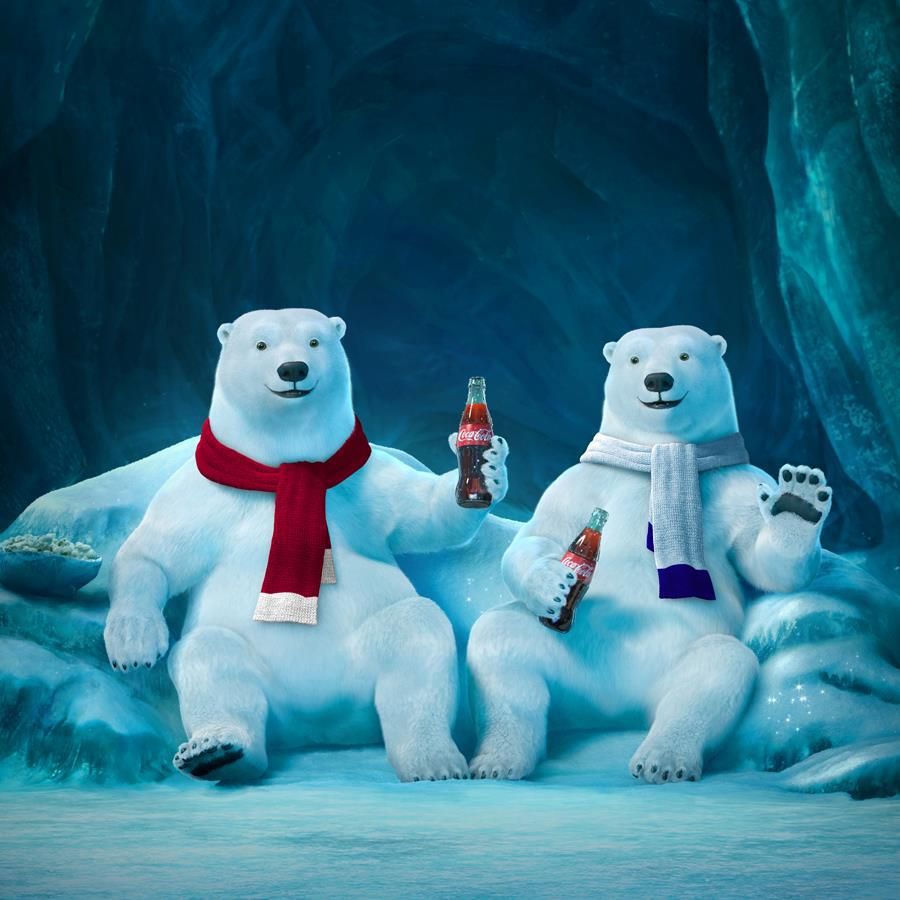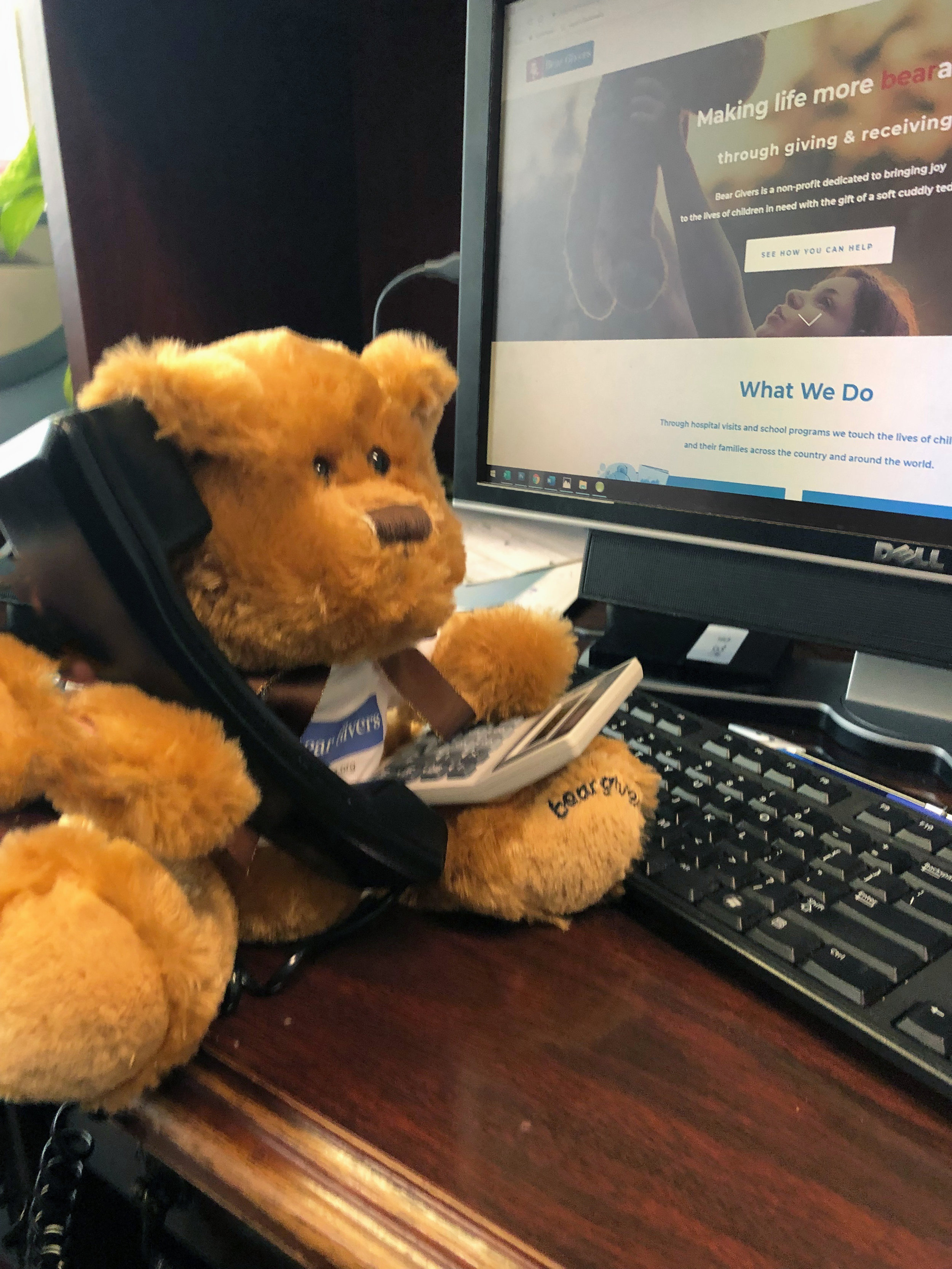A Silly Bear Tradition
So why bears?
Bears appear all over pop culture, from marketing campaigns, children’s books, movies and even music. Bears have been culturally painted as the complete opposite of what they really are— dangerous and not dumb or cuddly at all.
Silly Bears?
The tradition of cuddly, and silly bears began with the classic children’s tale of Goldilocks, published in 1837 by English poet Robert Southey in a volume of short stories and poems titled The Doctor. Here the bears aren’t quite as cuddly or silly, but neither are they the grizzly reality that are found in nature. Nonetheless they are definitely more realistic than one famous honey bear. Winnie the Pooh first hit the scene in 1926 inside A.A Milne’s book Winnie the Pooh, who was inspired by his own sons’ (Christopher Milne) stuffed bear. Pooh was famous for his love of honey, cuddly appearance, soft voice, and constant confusion. Shortly after his debut, Milne published The House at Pooh Corner and the rest of the best-selling series would follow for many years to come. But Pooh Bear is only the first in the silly bear tradition soon to be followed by Paddington, Yogi Bear, Corduroy, the Berenstein Bears, the Charmin’ Bears, and more recent cartoons like We Bare Bears.
Hard at Work
Some of the most popular bears can also be the strangest. For example, Smokey the Bear was authorized by the Forest Service to educate the public about wildfires. First coined in 1942, he followed a successful campaign using Disney’s “Bambi”. However, Disney only loaned the rights for one year, so after the year was up the forest Service had to create their own mascot that would capture the public— thus the birth of Smokey the Bear. But he’s not the only bear on a mission; while not on an environmental (or even remotely similar) mission, the Coca Cola bears cannot be ignored for their great success in pushing the giant company. First appearing in 1922 in France, these polar bears quickly enamored the public with their cute and silly demeanor. They launched to fame after their marketing animation “Northern Lights” played at theaters across the nation, and meant to simulate the movie experience for the human-like bears. Creator Ken Stewart insisted on creating a character that really included the best human attributes with the innocence and fun of the bears calling them “cute, mischievous, playful and filled with fun”. Mission accomplished. These bears remain famous in their commercials, and have earned an entire collection of merchandise.
Bears in the Media
So why do these bears continue to pop up in the media? Obviously we paint them into a more friendly and adorable species-- but there are plenty of other cuddly animals, why make them what they aren’t? Short answer-- because bears have been with us since we were children! The teddy bear was first released in 1902, and since then the bear has only gotten more cuddly. You can read more about that blog post here and it only makes sense that they continue to appeal to us as we grow up. We chose teddy bears as our mascot at Bear Givers to bring that comforting, warm fuzzy feeling to children, just like all our other predecessors!



